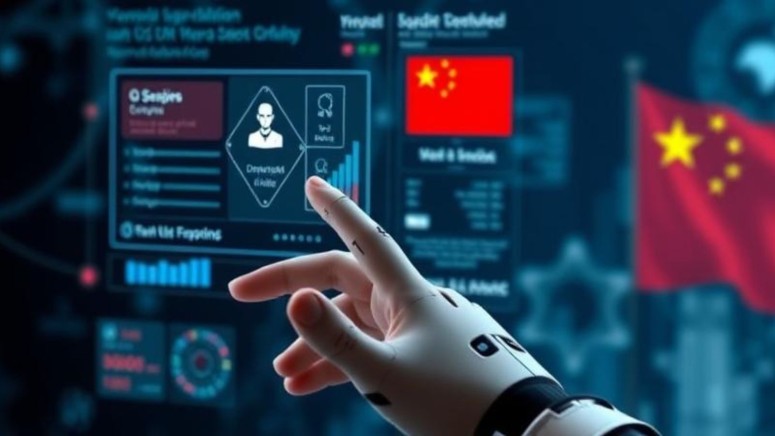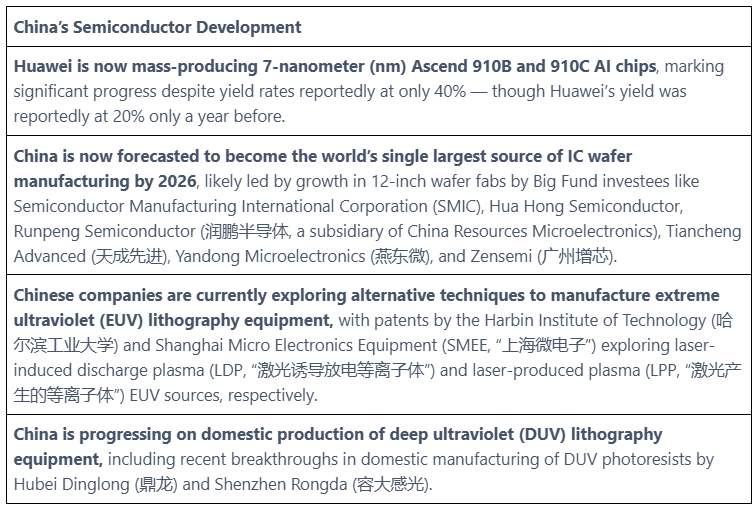
China Gains Ground in Generative AI, Closing In on US Technology Advancement
- A recent analysis shows Chinese generative AI models are only 3 to 6 months behind their U.S. counterparts.
- The U.S. still leads due to superior private investment and semiconductor supremacy, among others.
- Yet, the U.S. and China both double down on government funding.
The current state of the United States and China's fierce competition to achieve global artificial intelligence (AI) supremacy was analyzed by Insikt Group, pinpointing critical areas of contention and assessing the future trajectory for both nations.
The report concludes that Chinese generative AI models are only 3 to 6 months behind their U.S. counterparts in performance benchmarks and are closing the gap. Companies like DeepSeek are pushing the boundaries by leveraging open-source models and cost-effective strategies.
Both nations are ramping up government-led investment in AI. While the U.S. federal government focuses on civilian R&D ($7.33 billion for FY 2025), China’s government leverages state and local entities to invest in over 9,000 AI firms across industries.
U.S. export controls on semiconductor technologies have hampered China's ability to meet the surging demands for AI accelerator chips. Despite progress from Chinese players like Huawei, sub-7 nm chip production remains a critical weakness.
China's AI ecosystem showcases close cooperation between academia (e.g., Tsinghua University, Shanghai AI Lab) and private-sector giants. However, these collaborations face hurdles due to intellectual property concerns and international competition.
China has made no secret of its ambition to dominate the global AI landscape by 2030, as laid out in its "New Generation Artificial Intelligence Development Plan" (AIDP) launched in 2017.
While China has achieved substantial progress—with companies like DeepSeek, Tencent, and Baidu leading AI advancements, and a significant focus on open-source adoption and cross-sector collaboration—it continues to face considerable challenges.
These include insufficient private sector investment, semiconductor bottlenecks, talent gap, and restrictive regulations. Despite these obstacles, China has accelerated its progress by leveraging open-source AI platforms, producing pioneering generative AI models like DeepSeek's R1, and increasing patent filings across industries such as software, finance, and energy.
Though China's AI industry has narrowed the gap, the U.S. remains in a favorable position, particularly due to its near dominance in private-sector investment, technological breakthroughs, and data availability.
The U.S. still leads due to superior private investment, top talent and innovation ecosystem, semiconductor supremacy and export controls, and regulatory freedom. These factors position the U.S. as the leading global player in both AI innovation and adoption, ensuring that it remains at the forefront of the AGI (Artificial General Intelligence) race.










